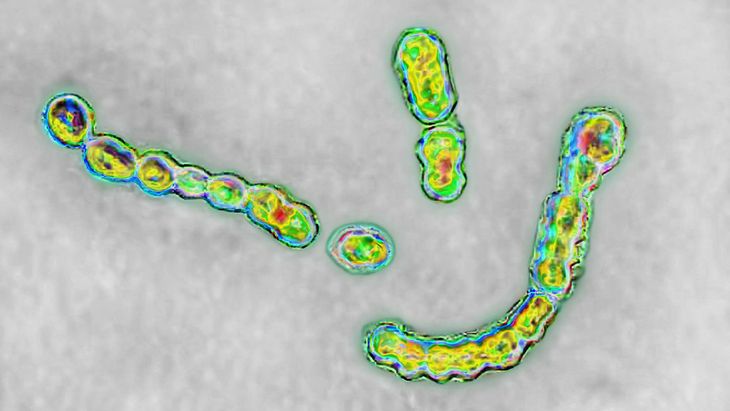The Asian country registered an increase in cases of streptococcal toxic shock syndrome (STSS) and generated concern. In the note, everything you need to know.
The outbreak of cases of the so-called “flesh-eating bacteria” in Japan It triggered everyone’s concern, mainly because the Covid-19 pandemic was so fresh in our minds. Although many believe that it is a new disease, it is actually an increase in cases of streptococcal toxic shock syndrome (STSS)produced by group A streptococcus.
The content you want to access is exclusive to subscribers.
STSS is known as “flesh-eating disease” and was first detected in 1992, but has now taken center stage due to a significant increase in cases. Contagion occurs through proximity to an infected person through the air (coughing or sneezing) or contact with a wound.


Most cases do not cause death, although there is a possibility (although very low) that the bacteria infiltrate the bloodstream, muscles and lungs, which can cause multiple organ failure and subsequent death of the patient.
carnivora bacteria

STSS: how many cases of the “flesh-eating bacteria” were recorded in Japan
Japan registered 378 cases during the first two months of 2024, while in 2023 it had already had a record of 941 in the 12 months. Only two of the country’s 37 prefectures have no cases yet and it is believed that the outbreak could accelerate in the coming weeks.
In this context, and with the aim of preventing it from spreading at accelerated rates, national and local authorities reinforced prevention measures such as hand washing and wound care.
STSS: main symptoms of “flesh-eating bacteria”
- Fever
- Acne
- Skin peeling
- Low blood pressure
STSS: how “flesh-eating bacteria” is spread
STSS is a disease that is spread through close contact with a patient and transmission can occur in two ways:
- Aerial: due to the patient’s cough or sneeze.
- Contact with a wound of the patient.
Source: Ambito




